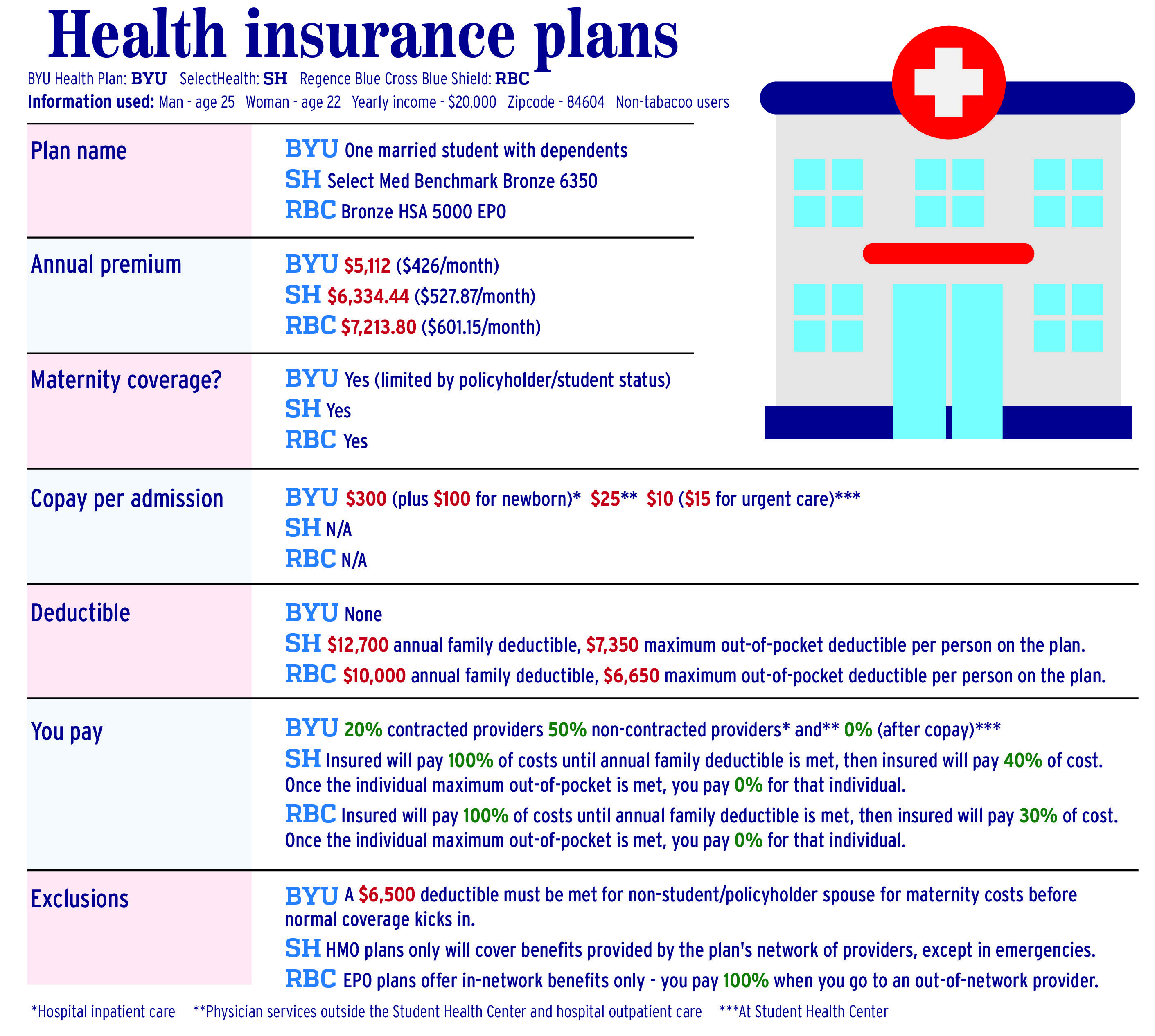This is based upon threat pooling. The social health insurance coverage model is likewise referred to as the Bismarck Model, after Chancellor Otto von Bismarck, who introduced the first universal healthcare system in Germany in the 19th century. The funds typically contract with a mix of public and private providers for the arrangement of a defined benefit bundle.
Within social health insurance, a number of functions may be executed by parastatal or non-governmental illness funds, or in a couple of cases, by private medical insurance business. Social medical insurance is used in a number of Western European nations and significantly in Eastern Europe as well as in Israel and Japan.
Private insurance coverage includes policies sold by industrial for-profit firms, non-profit business and community health insurance companies. Generally, personal insurance coverage is voluntary in contrast to social insurance coverage programs, which tend to be mandatory. In some nations with universal protection, personal insurance coverage frequently omits specific health conditions that are costly and the state health care system can offer protection.
In the United States, dialysis treatment for end phase kidney failure is typically paid for by federal government and not by the insurance industry. Those with privatized Medicare (Medicare Benefit) are the exception and should get their dialysis spent for through their insurer. However, those with end-stage kidney failure generally can not purchase Medicare Advantage strategies - how much does home health care cost.
The Preparation Commission of India has actually also recommended that the country must welcome insurance to accomplish universal health coverage. General Substance Abuse Center tax revenue is currently utilized to satisfy the essential health requirements of all people. A specific kind of private health insurance coverage that has actually often emerged, if monetary risk defense systems have just a limited impact, is community-based health insurance coverage.
Contributions are not risk-related and there is normally a high level of neighborhood participation in the running of these strategies. Universal healthcare systems vary according to the degree of government participation in supplying care or medical insurance. In some countries, such as Canada, the UK, Spain, Italy, Australia, and the Nordic nations, the government has a high degree of involvement in the commissioning or delivery of healthcare services and gain access to is based on residence rights, not on the purchase of insurance coverage.

Sometimes, the health funds are obtained from a mix of insurance premiums, salary-related compulsory contributions by workers or employers to regulated sickness funds, and by government taxes. These insurance coverage based systems tend to compensate personal or public medical providers, https://gunnerzokc670.shutterfly.com/57 typically at heavily managed rates, through shared or openly owned medical insurance providers.
The Single Strategy To Use For What Is A Health Care Deductible
Universal healthcare is a broad concept that has actually been implemented in a number of methods. The common measure for all such programs is some kind of federal government action intended at extending access to health care as extensively as possible and setting minimum requirements. Most execute universal health care through legislation, regulation, and taxation.
Usually, some costs are borne by the client at the time of consumption, but the bulk of costs originated from a combination of compulsory insurance and tax revenues. Some programs are spent for entirely out of tax earnings. In others, tax incomes are used either to fund insurance coverage for the extremely poor or for those requiring long-lasting chronic care.
This is a method of arranging the shipment, and designating resources, of healthcare (and possibly social care) based upon populations in a given geography with a common requirement (such as asthma, end of life, urgent care). Rather than focus on institutions such as healthcare facilities, medical care, community care and so on the system focuses on the population with a typical as a whole.
where there is health inequity). This technique encourages integrated care and a more efficient usage of resources. The UK National Audit Workplace in 2003 released a worldwide contrast of 10 different healthcare systems in 10 developed countries, nine universal systems against one non-universal system (the United States), and their relative costs and key health results.
Sometimes, government involvement also includes directly managing the health care system, however lots of nations utilize combined public-private systems to provide universal healthcare. World Health Organization (November 22, 2010). Geneva: World Health Organization. ISBN 978-92-4-156402-1. Retrieved April 11, 2012. " Universal health coverage (UHC)". Retrieved November 30, 2016. Matheson, Don * (January 1, 2015).
International Journal of Health Policy and Management. 4 (1 ): 4951. doi:10.15171/ ijhpm. 2015.09. PMC. PMID 25584354. Abiiro, Gilbert Abotisem; De Allegri, Manuela (July 4, 2015). " Universal health coverage from several viewpoints: a synthesis of conceptual literature and international debates". BMC International Health and Human Being Rights. 15: 17. doi:10.1186/ s12914-015-0056-9. ISSN 1472-698X.
PMID 26141806. " Universal health protection (UHC)". World Health Company. December 12, 2016. Obtained September 14, 2017. Rowland, Diane; Telyukov, Alexandre V. (Fall 1991). " Soviet Health Care From 2 Perspectives" (PDF). Health Affairs. 10 (3 ): 7186. doi:10.1377/ hlthaff. 10.3.71. PMID 1748393. "OECD Reviews of Health Systems OECD Evaluations of Health Systems: Russian Federation 2012": 38.

The Of How Do Patient Care Managers And Support Staff Use The Data Documented In The Health Record?
" Social welfare; Social security; Benefits in kind; National health schemes". The new Encyclopdia Britannica (15th ed.). Chicago: Encyclopdia Britannica. ISBN 978-0-85229-443-7. Retrieved September 30, 2013. Richards, Raymond (1993 ). " Two Social Security Acts". Closing the door to destitution: the shaping of the Social Security Acts of the United States and New Zealand.
p. 14. ISBN 978-0-271-02665-7. Retrieved March 11, 2013. Mein Smith, Philippa (2012 ). " Making New Zealand 19301949". A concise history of New Zealand (2nd ed.). Cambridge: Cambridge University Press. pp. 16465. ISBN 978-1-107-40217-1. Recovered March 11, 2013. Serner, Uncas (1980 ). "Swedish health legislation: milestones in reorganisation because 1945". In Heidenheimer, Arnold J.; Elvander, Nils; Hultn, Charly (eds.).
New York City: St. Martin's Press. p. 103. ISBN 978-0-312-71627-1. Universal and extensive medical insurance was discussed at periods all through the Second World War, and in 1946 such a costs was voted in Parliament. For financial and other factors, its promulgation was postponed up until 1955, at which time protection was encompassed include drugs and sickness payment, too.
( September 1, 2004). " The developmental well-being state in Scandinavia: lessons to the developing world". Geneva: United Nations Research Study Institute for Social Development. p. 7. Recovered March 11, 2013. Evang, Karl (1970 ). Health services in Norway. English variation by Dorothy Burton Skrdal (3rd ed.). Oslo: Norwegian Joint Committee on International Social Policy.
23. OCLC 141033. Because 2 July 1956 the whole population of Norway has actually been included under the required health nationwide insurance program. Gannik, Dorte; Holst, Erik; Wagner, Mardsen (1976 ). "Main healthcare". The nationwide health system in Denmark. Bethesda: National Institutes of Health. pp. 4344. hdl:2027/ pur1.32754081249264. Alestalo, Matti; Uusitalo, Hannu (1987 ).
In Plants, Peter (ed.). Development to limits: the Western European well-being states since The second world war, Vol. 4 Appendix (run-throughs, bibliographies, tables). Berlin: Walter de Gruyter. pp. 13740. ISBN 978-3-11-011133-0. Obtained March 11, 2013. Taylor, Malcolm G. (1990 ). "Saskatchewan healthcare insurance". Insuring nationwide healthcare: the Canadian experience. Chapel Hill: University of North Carolina Press.
96130. ISBN 978-0-8078-1934-0. Maioni, Antonia (1998 ). " Great post to read The 1960s: the political fight". Parting at the crossroads: the introduction of medical insurance in the United States and Canada. Princeton: Princeton University Press. pp. 12122. ISBN 978-0-691-05796-5. Recovered September 30, 2013. Kaser, Michael (1976 ). "The USSR". Healthcare in the Soviet Union and Eastern Europe.